
Unconventional Wisdom: Uranus’ Mad Genius and the Zig-a-Zig-Ah Moments of Life
 In the realm of astrology, Uranus is a planet that represents the unconventional, the innovative, and the transformative aspects of human nature. Its placement in a natal chart indicates where an individual expresses their inventiveness, originality, and potential for making accidental discoveries. It exudes an electric and magnetic energy, sometimes jarring or jolting us into sudden awareness and pushing us to transcend the boundaries of conventional thinking. Uranus encourages us to trust in a higher intuition, nudging us to explore uncharted territories and break free from societal norms. It fosters a connection to cosmic awareness, pushing us beyond the limitations of the physical world and inviting us to delve into higher realms of consciousness.
In the realm of astrology, Uranus is a planet that represents the unconventional, the innovative, and the transformative aspects of human nature. Its placement in a natal chart indicates where an individual expresses their inventiveness, originality, and potential for making accidental discoveries. It exudes an electric and magnetic energy, sometimes jarring or jolting us into sudden awareness and pushing us to transcend the boundaries of conventional thinking. Uranus encourages us to trust in a higher intuition, nudging us to explore uncharted territories and break free from societal norms. It fosters a connection to cosmic awareness, pushing us beyond the limitations of the physical world and inviting us to delve into higher realms of consciousness.
The discovery of Uranus itself is a testament to the planet’s symbolic significance. Unlike other visible planets, Uranus was not visible to the naked eye and required the aid of technology, specifically the telescope, to reveal its presence in the night sky. This discovery marked a turning point in human understanding, challenging the existing paradigms and opening up a new era of scientific exploration. Throughout history, Uranus has indeed played a pivotal role in driving technological and scientific advancements. Its influence can be seen in the various breakthroughs that have propelled humanity from the familiar and predictable world into a future of endless possibilities. From the industrial revolution to the digital age, Uranus has been a catalyst for transformative change, urging us to embrace progress and the unknown.
Destination Uranus
Astronomically, Uranus is a fascinating planet due to its unique rotational behavior. Unlike most other planets, which rotate on their axes with a more conventional top-like spinning motion, Uranus appears to be rolling on its side. This peculiar characteristic is commonly referred to as “retrograde rotation” or “sideways rotation.” The planet’s axial tilt is approximately 98 degrees, which means it almost lies on its orbital plane.
Scientists believe that this unusual orientation is the result of a significant collision or impact with another celestial body during the early formation of the solar system. This cosmic accident likely caused Uranus to tilt and roll in its current sideways fashion. While this event had a profound effect on the planet’s physical characteristics, astrologically, it also holds symbolic significance.
In astrology, each planet is associated with specific traits and influences that shape an individual’s personality and experiences. Uranus, rotating on its side, is linked to notions of unconventionality, unpredictability, and sudden changes. People with a strong Uranus influence in their natal chart are often described as “different” or “odd” because they tend to think and behave outside of societal norms.
These individuals may exhibit sudden turnabouts in their opinions or directions, deciding to pursue entirely unexpected paths at the last minute. Just as Uranus appears to roll like a ball rather than spin like its counterparts, people influenced by this planet can sometimes seem to move in unconventional and unexpected ways, defying the expectations of others.
The cosmic accident that led to Uranus’ unique tilt serves as a metaphor for the way those with strong Uranus placements can bring innovative and groundbreaking energy to the world. They may disrupt the status quo, challenge traditional beliefs, and inspire others to think outside the box.
When it comes to astrology, Uranus is like that cool kid who always marches to the beat of their own drum, defying the norms and embracing their inner rebel with a touch of visionary flair. Just like Uranus twirling around in the solar system, people influenced by this planet have a knack for spinning new perspectives and surprising ideas into the world. When it comes to astrology, Uranus is like the cosmic embodiment of being a rule-breaker, a maverick, and an idealistic dreamer.
“Uranus indicates action without thought, instinctive, impulsive, unreasonable and illogical…That is the nature of Uranus. It implies the actions of a maniac, or an inventor, or an eccentric. It is unconformity, it is the artist, who gains inspiration from nowhere, a new style of artwork. It is the man who cuts a cow in half and puts the butchered cow into a tank of formaldehyde. The work is seen as sensational and admired for its originality. This is the sudden idea, the creative genius at work. The Psychology of Uranus.
A classic example of Uranian influence is the work of innovative artists like Damien Hirst (exact aspects, conjunction, and square to his luminary can be seen in his Uranian chart), who famously presented a cow cut in half and preserved it in a tank of formaldehyde. This provocative and unconventional piece, titled “The Physical Impossibility of Death in the Mind of Someone Living,” stirred controversy but also earned widespread recognition for its audacity and originality. Such artworks represent the sudden and unorthodox ideas that emerge from the creative genius at work under Uranian influence.
However, with its impulse-driven and unpredictable nature, Uranus can also lead to radical shifts in opinions and directions, sometimes causing disruptions or sudden changes in an individual’s life or society as a whole. It is the force that can bring both exhilarating breakthroughs and unexpected upheavals.
Crazy Concoctions
An interesting Uranian related piece was published in a non-astrology book about the madness of the scientist. How the uniformed coats of science are missing a “lunatic” and an “eccentric” breaking the bounds of convention. Uranus is this figure.
Science has never been so glamorous or productive it attracts the most brilliant minds of our generation. But there is something missing: the madness of the old. Because as well as being brilliant and inspiring today’s science is an industry. Scientists work in teams, their discoveries and results are incremental, their livelihoods depending on rapid publication and peer review. It is a good process, and hard to think of a better one, but it leaves little room for the lunatic and the eccentric. 10 Questions Science Can’t Answer Yet
In the context of astrology, Uranus takes on the role of the missing “lunatic” and “eccentric,” embodying the unconventional and unorthodox aspects of scientific inquiry. This portrayal reflects the idea that while modern science has become highly studious, research based and collaborative, it may sometimes lack the wild and daring exploration of the past. In history, many groundbreaking discoveries and revolutionary ideas were born out of the minds of eccentric and unconventional thinkers. These were individuals who dared to question established beliefs, challenge the boundaries of convention, and explore uncharted territories of knowledge. They were the “mad scientists” who pushed the limits of human understanding and opened new doors of discovery. However, as this area has evolved into a more structured and institutionalized discipline, with teams of researchers working systematically and adhering to strict protocols, there might be less room for such maverick thinkers.
Uranus, in this sense, symbolizes the call for reclaiming the spirit of the mad scientist—the one willing to challenge the norms and entertain seemingly crazy ideas that might lead to revolutionary breakthroughs. It represents the importance of fostering an environment that encourages curiosity, imagination, and the pursuit of the unexpected. It calls for the recognition that unconventional ideas, even if initially dismissed, can eventually shape the course of scientific progress and propel humanity into uncharted territories of knowledge.
Foresight
Seth/Alice Bailey/Edgar Cayce
The association of Uranus with the mythological figure Prometheus aligns with the planet’s eccentric nature and its connection to foresight and visionary thinking. In Greek mythology, Prometheus was known for his ability to see into the future and bring knowledge and enlightenment to humanity. His name itself means “foresight,” emphasizing the capacity to perceive what lies ahead.
In Liz Greene’s book, “The Art of Stealing Fire,” the reader is directed towards the Seth Books by Jane Roberts to gain a deeper understanding of Uranus’ cosmic system. Jane Roberts’ works explore metaphysical concepts and delve into the idea of creating one’s own reality through channeling the spirit of Seth, a non-physical entity. This concept is rooted in the belief that consciousness plays a pivotal role in shaping reality, and individuals have the power to choose and manifest their own experiences.
The teachings in the Seth Books also venture into the notion that time is not linear but simultaneous, implying that all moments in an individual’s life exist concurrently. This idea aligns with certain interpretations of quantum physics, where all potential outcomes exist within a vast multiverse of possibilities.
The concept of being creative gods points to the idea that human beings have an innate capacity for creation and are interconnected with the creative force of the universe. This notion of individual empowerment and interconnectedness with the cosmic order can be both liberating and mind-expanding. However, such concepts can indeed be challenging to grasp and might stretch the boundaries of traditional thinking. The ideas proposed by Jane Roberts and the Seth Books encourage individuals to consider their role as co-creators of reality and explore the vastness of existence beyond the limitations of conventional perception.
The quest for enlightenment, represented by the Uranian influence, involves the pursuit of higher knowledge, self-awareness, and a deeper understanding of the universe. Just as Prometheus brought the gift of fire and knowledge to humanity, Uranus urges us to seek enlightenment and embrace visionary thinking.
The Seth readings are interesting (video below) and symbolic of a concept involving Uranus – “The Mind is the Creator.”
The Uranian impulse in astrology encourages us to embrace creativity and grant it the freedom it needs to flourish. It represents a call to break free from the confines of conventional thinking and societal norms, allowing our imagination to soar beyond the boundaries of what is deemed practical or realistic. By giving creativity this space to roam, we open ourselves up to a world of possibilities and potential discoveries. It is through this process of unfettered creativity that we tap into our inner vision and awaken the “inner eye” – our intuition and higher consciousness.
The “inner eye” refers to the ability to perceive and understand things beyond the limitations of the physical senses. It is the realm of insight, intuition, and spiritual awareness. Uranus, as the planet that represents cosmic awareness, encourages us to open up this inner eye, embracing a deeper understanding of the universe and our place in it. To fully embrace the Uranian impulse, we may need to let go of rigid perceptions of reality and be open to unconventional, even seemingly crazy or wild ideas. By doing so, we create space for innovative thinking, revolutionary insights, and breakthroughs that can propel us forward in various aspects of life, be it art, science, or personal growth.
Being open-minded and receptive to the “out there” – the unexplored, the unknown, and the unconventional – allows us to access a wealth of creativity and potential. It urges us to listen to ideas that challenge our existing beliefs and expand our horizons. By embracing the Uranian impulse, we can gain a new perspective on reality and recognize that what may seem wild or improbable at first could hold profound truths or undiscovered wisdom. This willingness to explore uncharted territory is where some of the most groundbreaking and visionary ideas originate.
In summary, the Uranian impulse is a call to liberate our creativity and allow it to roam freely. By doing so, we awaken our inner eye and tap into the wellspring of inspiration and intuition. To fully embrace this impulse, we must let go of rigid notions of reality and embrace open-mindedness, welcoming unconventional ideas and insights. Through this process, we can unlock our potential for innovation and discovery, embracing a new understanding of ourselves and the universe we inhabit.
“Roberts had it [Uranus] in the 3rd house in 9 degrees Aries, sextile Mercury in Gemini, which is certainly applicable to her extremely Uranian world view and way of communicating. Her books are revelatory, and enormously powerful because of this, whether one accepts their premises or not.
Channeling: The Intuitive Connection
Liz Greene’s exploration of Edgar Cayce’s channeled material from the “Akashic Records” and Alice Bailey’s Esoteric Astrology highlights her engagement with the Uranian spirit of unconventional and revelatory topics. The Uranian influence often encourages individuals to delve into uncharted territory and seek insights from higher sources beyond the traditional realms of knowledge.
Edgar Cayce, known as the “Sleeping Prophet,” was a prominent figure in the early 20th century who allegedly accessed the Akashic Records during a self-induced trance. The Akashic Records, according to metaphysical beliefs, contain the collective knowledge and history of every soul and event throughout time. Cayce’s channeled material from these records was renowned for its healing and spiritual insights, and Liz Greene acknowledges the possibility of it coming from a higher source.
On the other hand, Alice Bailey, a prominent theosophist and esotericist, authored numerous books on spiritual and esoteric topics, including “Esoteric Astrology.” Her work delves into deeper spiritual dimensions of astrology beyond the traditional interpretations. While some may find her work profound and enlightening, others may be more skeptical or find it challenging to fully grasp.
By approaching these topics with a Uranian lens, Liz Greene seeks to strike a balance between respecting the potential value of channeled information and esoteric wisdom, while also maintaining a critical perspective. This approach allows her to explore these revelatory topics with a blend of reverence and intellectual inquiry.
If you try to read Bailey’s work without any introduction, it is often extremely difficult, because it is like reading a scientific or technical manual. It describes the intricate spiritual-mechanical workings of the plan in the mind of God as though it were an instruction book telling you how to take apart the engine on your BMW. The language is sometimes impossible, and one can easily come away feeling either utterly spiritually unevolved, convinced that God is actually a giant computer, or certain that the woman needed a bottle of Prozac. Baily’s work is full of incomprehensible jargon, but through it all comes the enormously powerful theme of geometry of the cosmos, and the evolutionary plan in the mind of God…it is irrelevant whether the rational ego defines the doctrine as false, purely mad, partially mad, drug induced, a Monty Python send-up, or full of deep truths. What is relevant is that it arrived full blown, a revelation from the starry heaven of the collective psyche…it is Uranian because it is promethean, full of the theme of human and cosmic potential…If you want to get a good flavour of Uranus read Baily.
I wanna really, really, really wanna zig-a-zig ah
In astrology, each planet carries its unique energy and symbolism, contributing to the rich tapestry of influences that shape our lives. Among these celestial bodies, Uranus stands out as the “zig-a-zig-ah” of the planets, a playful and enigmatic descriptor that captures its distinct essence.
Uranus, the planet of innovation, revolution, and cosmic awareness, disrupts the status quo and challenges our preconceived notions. Its influence prompts us to break free from conventional thinking and embrace change and originality. The term “zig-a-zig-ah” represents this unconventional and unpredictable nature, evoking a sense of excitement and curiosity.
Much like the “zig-a-zig-ah” from the famous Spice Girls song, Uranus adds a touch of spice and flair to the astrological landscape. It infuses our lives with a dash of excitement, a hint of the unexpected, and a flair for the extraordinary. When Uranus makes its presence known in our natal chart or during significant astrological transits, it shakes things up, inviting us to explore uncharted territories and open ourselves to new possibilities.
Uranus encourages us to dance to the beat of our own drum and embrace our individuality. It empowers us to express our uniqueness and tap into our inner visionaries. This planet aligns with the part of us that seeks to connect with something greater than ourselves, be it cosmic wisdom, higher consciousness, or the collective knowledge of the universe.
Furthermore, the “zig-a-zig-ah” quality of Uranus fosters a sense of unity among those who embrace its influence. It becomes a unifying force that encourages us to celebrate diversity, respect each other’s differences, and honor the various paths of spiritual growth that we each tread.
To end on a deep spiritual truth, we recognize that Uranus, with its “zig-a-zig-ah” essence, reminds us that life is a journey of exploration and evolution. Embracing the uniqueness of each planet, including Uranus, we honor the multifaceted aspects of our existence and the profound interconnectedness of all beings and the cosmos.
The explanation of the term “zig-a-zig-ah” from the Spice Girls’ song “Wannabe” as meaning “anything” rather than “nothing” adds an intriguing layer of depth to the phrase’s significance. This interpretation resonates with the spirit of the 90s, a decade known for its embrace of individuality, creativity, and a rejection of rigid norms. In this view, “zig-a-zig-ah” becomes a versatile and adaptable expression that invites each listener to imbue it with personal meaning. Much like a Mad Lib, the phrase encourages people to insert their own interpretation or intention into the lyrics. The comparison to the Rat Pack’s saying of “Ring-a-ding-ding” highlights the theme of living life on one’s own terms. Both phrases embody a sense of freedom, spontaneity, and a rejection of societal expectations. They encourage people to embrace their individuality and find happiness in whatever brings them joy, without adhering to external pressures or predefined norms. In this way, “zig-a-zig-ah” becomes a mantra for living authentically and on one’s own terms, celebrating the diversity of experiences and expressions that make life colorful and fulfilling.





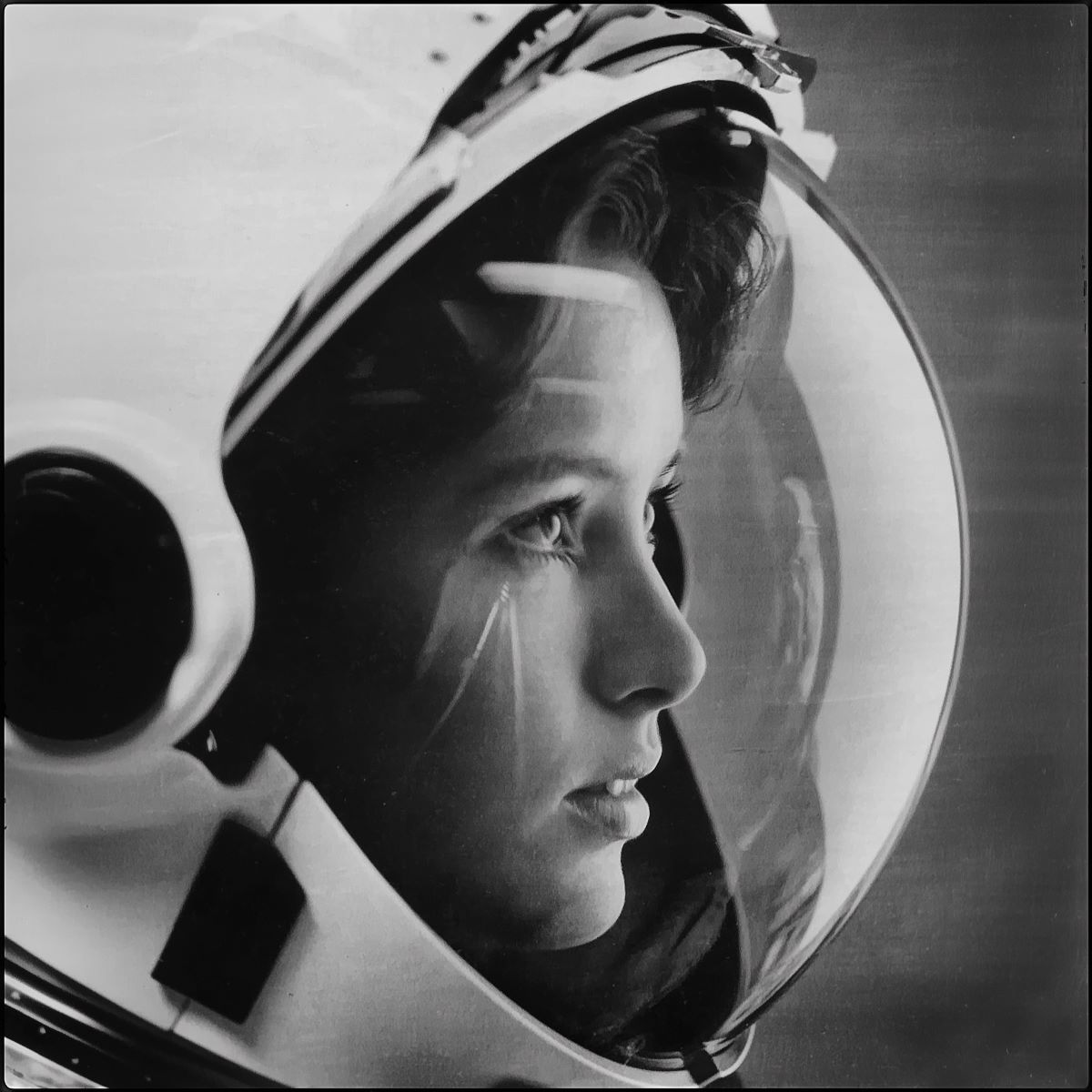


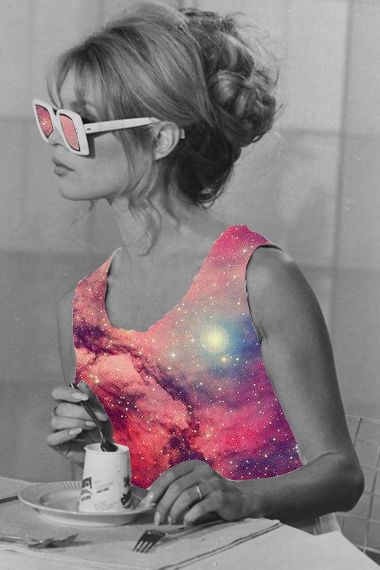


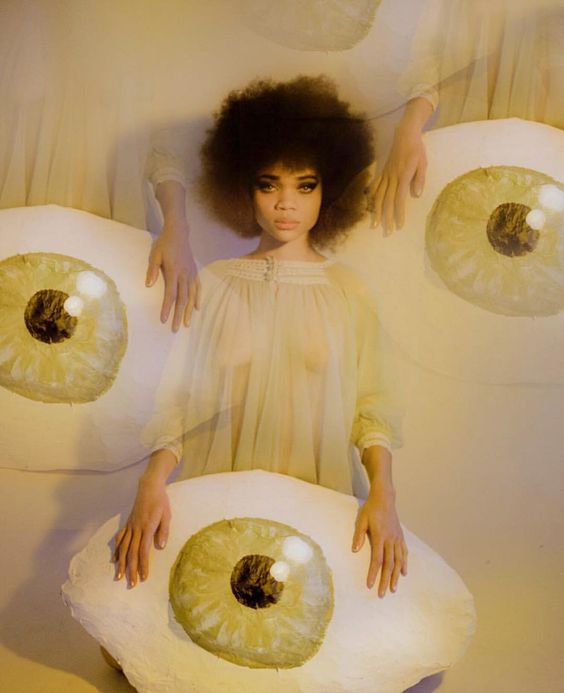








 Sun Square Pluto Synastry: You’ve Got That Power Over Me
Sun Square Pluto Synastry: You’ve Got That Power Over Me
 Sun Square Pluto Natal Aspect: I Am Titanium
Sun Square Pluto Natal Aspect: I Am Titanium
 Uranus Transits: 1st House: Winds of Change:
Uranus Transits: 1st House: Winds of Change:
 Moon Conjunct Pluto Synastry
Moon Conjunct Pluto Synastry
 Venus Trine Mars Synastry
Venus Trine Mars Synastry
 Scorpio’s Cold Withdrawal
Scorpio’s Cold Withdrawal
 Mars-Pluto Synastry: Something Quite Dark and Dangerous
Mars-Pluto Synastry: Something Quite Dark and Dangerous
 Venus-Pluto Synastry: A Love So Powerful That It Might Just Kill Them
Venus-Pluto Synastry: A Love So Powerful That It Might Just Kill Them
 Reflections on a Past Venus-Pluto Synastry Aspect
Reflections on a Past Venus-Pluto Synastry Aspect
 Moon Conjunct Pluto Natal Aspect: Emotional X-Ray Vision – Seeing Through Souls Since Birth
Moon Conjunct Pluto Natal Aspect: Emotional X-Ray Vision – Seeing Through Souls Since Birth
 Pluto in the 1st House: If Looks Could Kill
Pluto in the 1st House: If Looks Could Kill
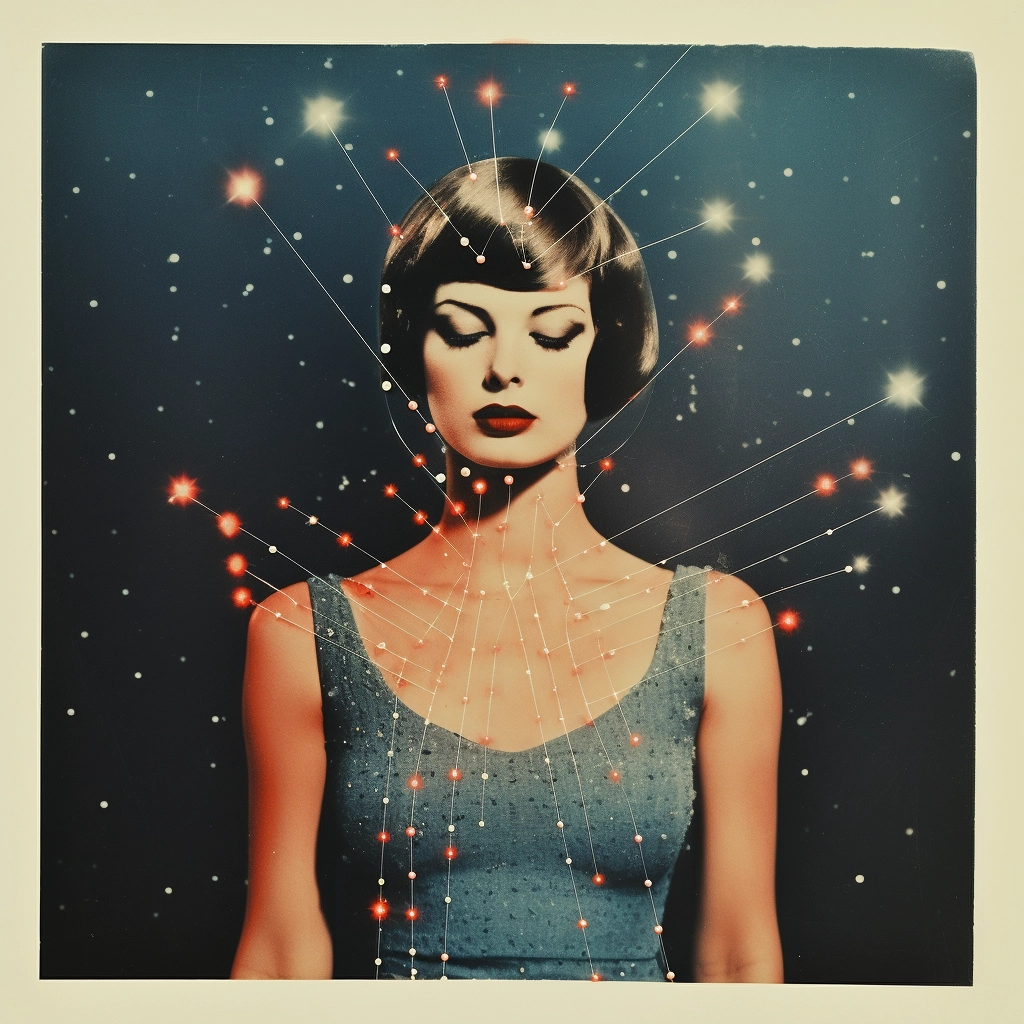 Uranus Transits the 3rd House: Intellectual Shifts and Discovery
Uranus Transits the 3rd House: Intellectual Shifts and Discovery
 Mars Square Pluto Natal Aspect: The Unbreakable Spirit
Mars Square Pluto Natal Aspect: The Unbreakable Spirit
 Mars Conjunct Pluto Synastry
Mars Conjunct Pluto Synastry
 Mars-Saturn Synastry: The Eternal Loop
Mars-Saturn Synastry: The Eternal Loop
 Sun Trine Uranus
Sun Trine Uranus
 Mars Sextile Jupiter: Laughing in the Face of Adventure
Mars Sextile Jupiter: Laughing in the Face of Adventure
 Mars in Aquarius: Sex drive
Mars in Aquarius: Sex drive
 Moon Square Saturn Natal Aspect
Moon Square Saturn Natal Aspect
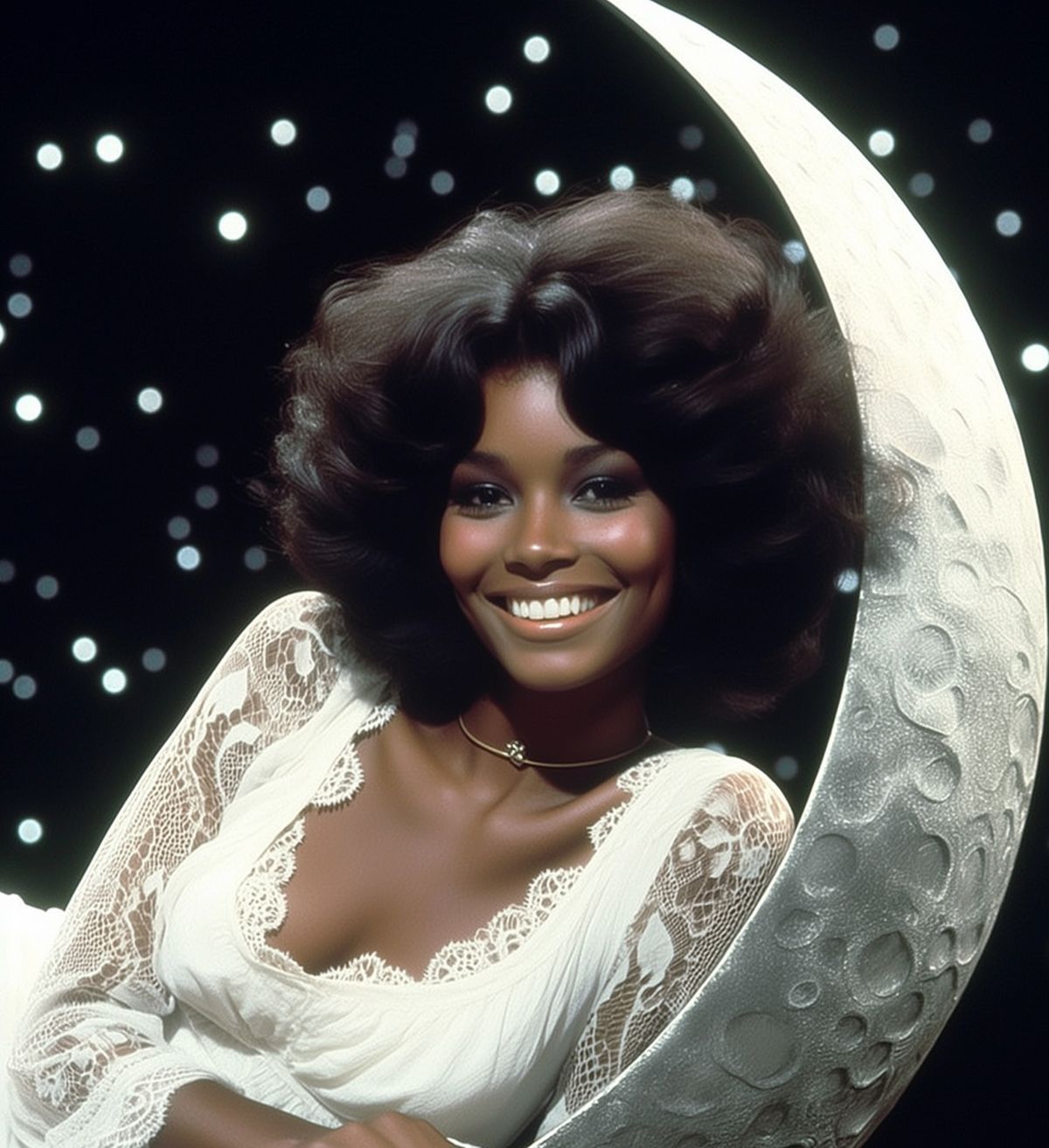 Moon Opposite Ascendant
Moon Opposite Ascendant